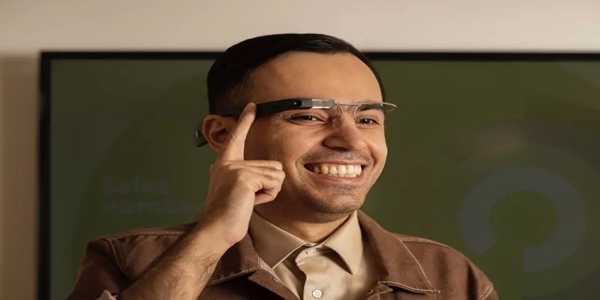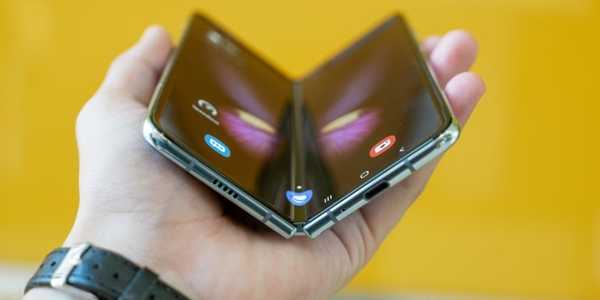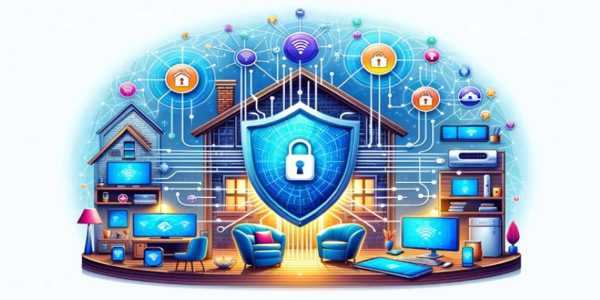10 DIY Electronics Projects You Can Build in a Weekend
Author: Mike Fakunle
Building electronics projects is fun and easy. You can make cool things in just one weekend. These projects are great for beginners and experts. You will learn new skills and have something useful or fun at the end. Here are 10 DIY electronics projects you can build in a weekend.
1. LED Flashlight
A LED flashlight is simple to make. You need a few parts like an LED, a resistor, a switch, and a battery.
What You Need:
1 bright LED
1 resistor (220 ohms)
1 small switch
1 battery holder with AA or AAA battery
Wires
A small tube or case
Steps:
Connect the LED to the resistor.
Attach the switch to the circuit.
Connect the battery holder to the circuit.
Put everything inside the tube or case.
Turn on the switch to light up the LED.
This project teaches you about basic circuits. It is also useful for camping or emergencies.
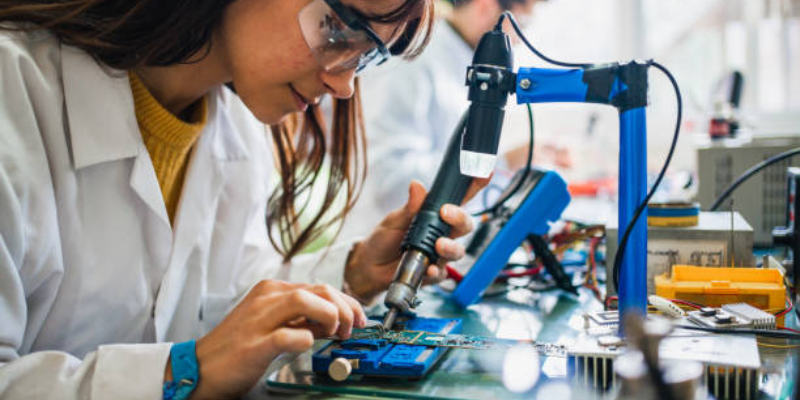
2. USB Charger
You can make a USB charger for your phone. It is easy and cheap.
What You Need:
1 USB port
1 7805 voltage regulator
1 capacitor (0.33µF and 0.1µF)
1 9V battery
Wires
Steps:
Connect the 7805 regulator to the USB port.
Add the capacitors to stabilize the voltage.
Connect the 9V battery to the circuit.
Test the charger by plugging in your phone.
This project helps you understand how voltage regulators work. It is also handy when you need an extra charger.
3. Bluetooth Speaker
A Bluetooth speaker is a fun project. You can play music from your phone.
What You Need:
1 Bluetooth audio module
1 small amplifier
1 speaker
1 lithium-ion battery
Wires
Steps:
Connect the Bluetooth module to the amplifier.
Attach the speaker to the amplifier.
Connect the battery to power the circuit.
Pair your phone with the Bluetooth module and play music.
This project is great for parties or outdoor activities. You will learn about audio circuits and wireless technology.
4. Motion Sensor Light
A motion sensor light turns on when it detects movement. It is perfect for your porch or garage.
What You Need:
1 PIR motion sensor
1 LED
1 relay module
1 battery or power supply
Wires
Steps:
Connect the PIR sensor to the relay module.
Attach the LED to the relay module.
Connect the power supply to the circuit.
Test the sensor by moving in front of it.
This project teaches you about sensors and automation. It is also energy-efficient.
5. Temperature Sensor
A temperature sensor tells you how hot or cold it is. You can use it for your room or garden.
What You Need:
1 LM35 temperature sensor
1 Arduino board
1 LCD display
Wires
Steps:
Connect the LM35 sensor to the Arduino.
Attach the LCD display to the Arduino.
Upload the code to the Arduino to read the temperature.
Display the temperature on the LCD.
This project introduces you to microcontrollers and coding. It is useful for monitoring the environment.
6. Solar-Powered Phone Charger
A solar-powered phone charger is eco-friendly. It uses sunlight to charge your phone.
What You Need:
1 small solar panel
1 voltage regulator
1 USB port
1 rechargeable battery
Wires
Steps:
Connect the solar panel to the voltage regulator.
Attach the USB port to the regulator.
Connect the rechargeable battery to store energy.
Place the solar panel in the sun and charge your phone.
This project teaches you about renewable energy. It is perfect for outdoor adventures.
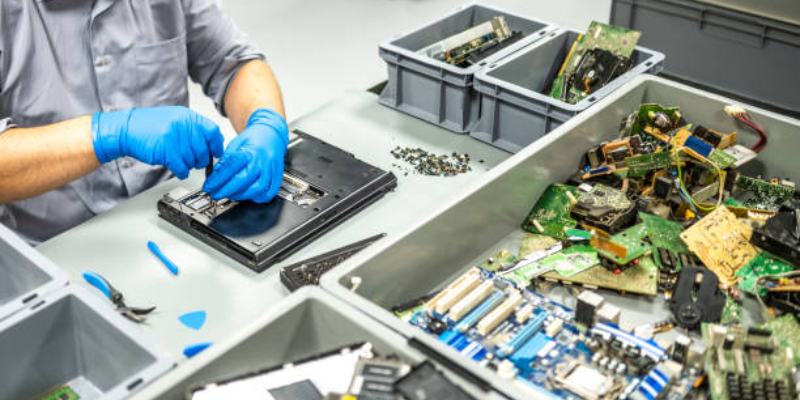
7. Electronic Dice
Electronic dice are fun for games. They use LEDs to show random numbers.
What You Need:
1 555 timer IC
1 CD4017 counter IC
7 LEDs
1 push button
1 battery
Wires
Steps:
Connect the 555 timer to the CD4017 counter.
Attach the LEDs to the counter to display numbers.
Connect the push button to start the dice roll.
Power the circuit with the battery.
This project is great for learning about timers and counters. It is also a fun game for friends and family.
8. Water Level Indicator
A water level indicator tells you when your tank is full. It is useful for homes and farms.
What You Need:
1 water level sensor
1 buzzer
1 LED
1 battery
Wires
Steps:
Connect the water level sensor to the buzzer and LED.
Place the sensor in the water tank.
When the water reaches the sensor, the buzzer will sound, and the LED will light up.
This project helps you understand how sensors work. It is also practical for saving water.
9. FM Radio
An FM radio lets you listen to your favorite stations. You can build one with simple parts.
What You Need:
1 TEA5767 FM radio module
1 Arduino board
1 speaker
1 potentiometer
Wires
Steps:
Connect the FM radio module to the Arduino.
Attach the speaker to the Arduino.
Use the potentiometer to tune the radio.
Upload the code to the Arduino to control the radio.
This project introduces you to radio technology. It is also a great way to enjoy music.
10. Night Light Sensor
A night light sensor turns on automatically when it gets dark. It is perfect for kids' rooms.
What You Need:
1 LDR (light-dependent resistor)
1 LED
1 transistor
1 resistor
1 battery
Wires
Steps:
Connect the LDR to the transistor.
Attach the LED to the transistor.
Connect the battery to power the circuit.
Test the sensor by covering the LDR to simulate darkness.
This project teaches you about light sensors. It is also energy-saving and convenient.
Why You Should Try These Projects
These projects are easy and fun. They help you learn about electronics. You can make useful things for your home or gifts for friends. Electronics is a skill that can help you in many ways. According to a report by Statista, the global electronics market is growing fast. Learning electronics now can open many opportunities for you in the future.
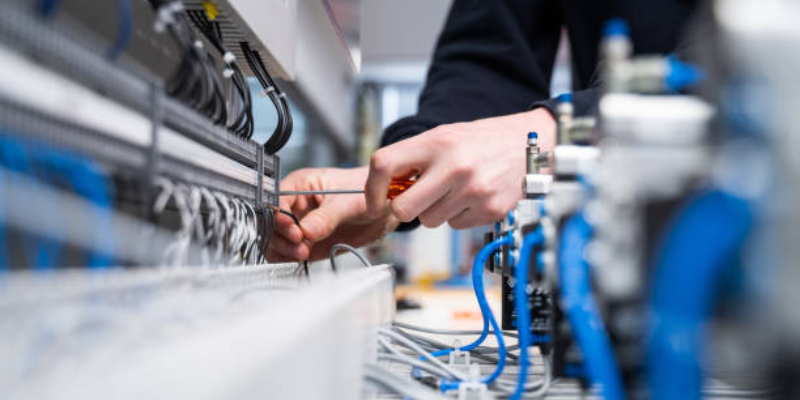
Tips for Building Electronics Projects
Always double-check your connections.
Use a breadboard for testing before soldering.
Follow the instructions carefully.
Ask for help if you are stuck.
Have fun and be creative.
These projects are just the beginning. You can make many more things with electronics. Start building today and see what you can create.

